Marketing Art in Turbulent Times
© Debra Jason. All rights reserved.
Today we have an awesome guest post that I’m very excited to share with you by Debra Jason, who we were able to interview earlier (you can find it here) about her stunning alcohol ink paintings that you can also see throughout her guest post below. Debra is a marketing expert, she’s an award winning author (book link found below), who is also an artist and has a unique way of looking at marketing in this crazy times of COVID, social distancing and lockdowns. Below she shares with you her tips and recommendations on how to market artwork during these turbulent times. At the end of her post, you’ll also find a free report she is offering and more about her book.
Marketing Art in Turbulent Times
by Debra Jason
I first wrote a version of this article, after 9/11. After that fateful event, times got tough, and companies began cutting back. Sometimes they let employees go and stopped there. Other times, they eliminated their marketing – afraid to spend any marketing dollars.
Today, in this COVID19 environment, we know it’s more than letting employees go – businesses were required to shut their doors to customers. Yet many realized, despite the crisis, it was important for them to maintain a presence in the marketplace. Artists are no exception.
Totally eliminating your marketing in turbulent times is not your best move. When the pandemic first hit, every day, when I opened up my inbox, there was an onslaught of messaging that seemed to start out as compassionate, but quickly turned into an aggressive sales pitch. Did you (or are you still) experience the same thing?
Look, I get it. We have bills to pay, families to feed and need incomes to support ourselves.
© Debra Jason. All rights reserved.
In a video conference arranged by the Wisconsin Arts Board, painter, professor and art historian Freida High Wasikhongo Tesfagiorgis said, “…art is a critical aspect of our life, art is life, for many of us.”
To keep art alive, you need to keep your message alive and stay top-of-mind, but do so with authenticity and compassion.
Help people solve problems in the moment. As PR professional Wendy Marx explained, “People are panicking right now. It’s no time to focus on your needs. Look for ways to put your audience in first place and address their needs and concerns.”
For instance, street artist Berlin-based Tomislav Topic had been in the process of designing a large installation with his partner in Beijing. Instead, he went virtual, offering his audience the ability to upload blueprints and color schemes. Now, he is now overseeing the production of the installation in Beijing from his studio.
As reported in Artwork Archive, full-time artist Terrill Welch explained that she immediately offered 200 free seats in her introductory Independent Study Skill-Building Oil Painting Masterclass. She did this is to support artists and casual painters in getting started with oil painting while they were social distancing or self-isolating.
Welch said it was a small way that she could support others as an artist during this crazy time we’re living through.
How can you stay visible and nurture relationships during a pandemic?
First, my philosophy on marketing is: Marketing (like life) is about building and nurturing relationships.
You can nurture your relationships by putting out valuable information while building your reputation as someone who serves – like Terrill Welch did.
Offer what author Gay Hendricks calls your “zone of genius.” A zone of genius is the state in which you get into ‘flow,’ find ceaseless inspiration and seem to not only come up with work that is distinguished and unique, but also do so in a way that excels far and beyond what anyone else is doing.”
You can be someone who serves by creating content that addresses what’s happening in the marketplace. Here are five marketing strategies to consider:
© Debra Jason. All rights reserved.
1. Present a webinar and/or podcast. Host your own show and share tips that relate to the current situation that your audience finds beneficial (and helps alleviate their fears and anxiety).
For example, as an artist, you might produce a program that addresses ways your audience can save money during this time by purchasing digital images or prints (vs. original art). You can serve your fellow artist community, as well as your community of collectors, by interviewing other artists.
1a. Don’t want to host your own webinar or podcast? That’s okay. Reach out to like-minded professionals, podcast hosts who serve a similar audience, and inquire about being a guest on their program.
There are podcasts that focus on sales strategies for artists, art licensing tips, and more. Some of them are “Artists Helping Artists,” “The Abundant Artist, “the College Art Association” and more.
If you reach out to any of the hosts, be sure to let them know the value you bring to their audience (vs. pitching yourself and your work). My colleague Deb Krier offers a free report on how to boost your credibility and increase your exposure with podcast interviews.
For a free report form Debra: Click here to access Debra’s complimentary report, Four Ingredients to Prepare Your Marketing Palette for Success (or visit: https://writedirection.com/four-ingredients-marketing-art-success/).
When she saw I was painting with alcohol inks (via Facebook and Instagram) another business colleague of mine invited me to speak about my art journey on her PowHer Up show. On other programs, I’ve been a guest speaking about LinkedIn, marketing in turbulent times (based on strategies from my book, Millionaire Marketing on a Shoestring Budget), and copywriting.
In addition to those art-related shows mentioned above, check out resources such as Radio Guest List – a site that shares interview opportunities – and see what opportunities exist for your area of expertise. Of course, you can always search Google as well.
2. Repurpose the webinar/podcast content into an article. Post it on your blog first and then, after 4-5 days post it as a long-form article on your LinkedIn profile, if you have one. Reach out to a local, trade or national publication to see if they’d like to post it on and/or offline. This gives you exposure to a broader audience.
3. Boost your presence on social media networks. The first painting I ever sold was the not the result of “selling.” I had simply posted a photo of my work on my Facebook wall and someone reached out asking, “Are you selling that?”
© Debra Jason. All rights reserved.
Then, after seeing another one of my posts someone asked, “Do you sell notecards?” Hence, without consciously selling my work, sales began to happen (which eventually led to the creation of an Etsy shop and a profile on Fine Art America).
You can create uplifting, inspirational memes featuring your art or take a short tip from your article (in step #2 above), tweet it out, post it on Facebook, Instagram, Pinterest, LinkedIn. When your followers respond (be it a “like,” comment, or share), please be sure to acknowledge them with a reply – even if it’s just two words, “thank you.”
4. Share video clips, Facebook Live or Instagram Live posts. Many of my colleagues in the alcohol ink community share videos on the techniques they’re using. Some are short time-lapsed videos on those platforms. Others are longer, more detailed videos on YouTube.
Viewers find it fascinating to see the process. Are you sharing video clips of your process?
Check out @narapapers on Instagram and you’ll see how they feature the works of artists who use their products. They do Instagram Live posts with some of those artists showing how their products are being used. @marabucreativeusa often does the same (when I’ve used their products and tagged either of them in some of my posts, they have shared my work in their Instagram Stories).
5. Reach out to your existing clients – not with a hard-core sales pitch but with a sincere message letting them know you care. It can be a simple, “I’ve been thinking of you during this challenging time.”
© Debra Jason. All rights reserved.
As a professional speaker, I wanted to reach out to some of the meeting professionals I had contacted prior to COVID19. However, meetings/conferences were being canceled left and right so I felt uncomfortable contacting them to follow up. After some encouragement from colleagues, I did reach out, but not with a sales message. Instead, I sent a video email acknowledging that these are tough times we’re going through and that I wanted to check in to see how they were doing. Genuine, honest, and brief.
How about reaching out to your customers? Again, not with a sales pitch, but with a quick, “How are you?” Or, when one of your customers purchases your art, why not send a quick video email saying, “Thank you”?
“Thank you” are two little words that make a big impact.
Don’t give up the ship
I started my copywriting business in Boulder, Colorado in 1989, when times were also tough. The reason I went out on my own was because people were getting laid off at all the agencies I approached. I was caught in the Colorado recession and repeatedly heard, “Sorry, we’re not hiring. We’re laying people off right now, but if you start a business as a freelancer, we’ll retain your services.”
So I took this as a “sign from above” — it was my opportunity to grab the bull by the horns and start my own business. The Write Direction was born on January 1, 1989.
Despite lean economic times, I was able to break ground . . . make an impact . . . find clients . . . establish a successful business. It happened because of a concerted effort to market myself and keep marketing.
When I started painting with alcohol inks, selling my artwork wasn’t even on my mind. However, once people started asking about purchasing my pieces, Creative Whispers of the Heart was born.
Don’t give up the ship. You can do the same without breaking the bank. Pick up the phone, write an article, post a video of your artistic process, invite clients or colleagues to a Zoom call, send out a video email, etc. Ask people what they want and need during this time.
Think back to 9/11. After 9/11 many said they’d never get on an airplane again. Things eventually calmed down and returned to “normal.”
I believe we will get through this. It is taking longer than I think we all expected (or hoped for), but we will navigate to smooth, clear waters once again. Of course, the big question is, “When?” Whenever we do, if you remain visible, when your competition is not, your compassionate marketing efforts now will keep you top-of-mind later.
What have you been doing to be a compassionate marketer? Please share your thoughts here because I’d love to hear from you. Thanks a million.
About the author: Debra Jason is the award-winning author of Millionaire Marketing on a Shoestring Budget™, an alcohol ink artist, direct response copywriter and multi-faceted marketing mentor. She is committed to helping you increase your visibility, gain top-of-mind awareness, and grow your business. You may reach her at 303.443.1942, debra@writedirection.com and online at WriteDirection.com or DebraJason.com You’ll find her art at her Etsy shop and a profile on Fine Art America). Or, follow her on Instagram.
Thank you for joining us on this awesome guest post by Debra Jason! We’d love to hear from you if you have any of Debra’s artwork or if there is anyone you’d recommend we highlight or if you have a guest post you’d like to see please comment below or send me an email.
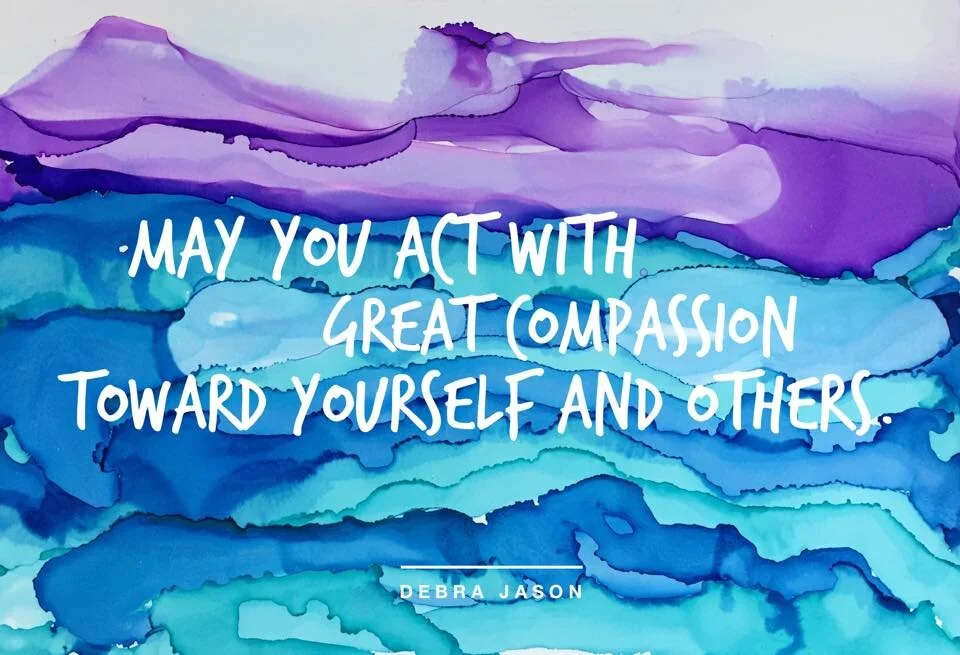
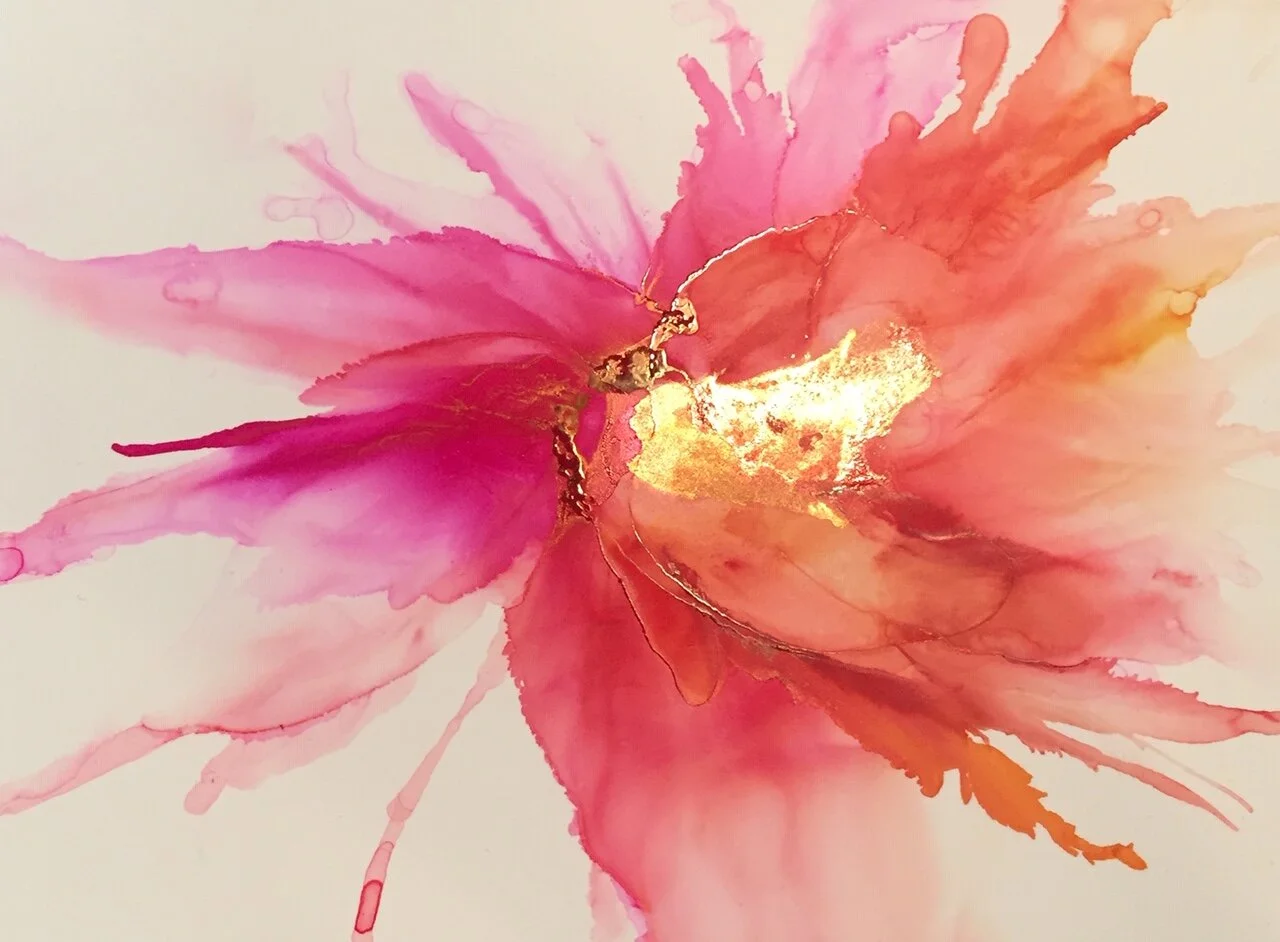

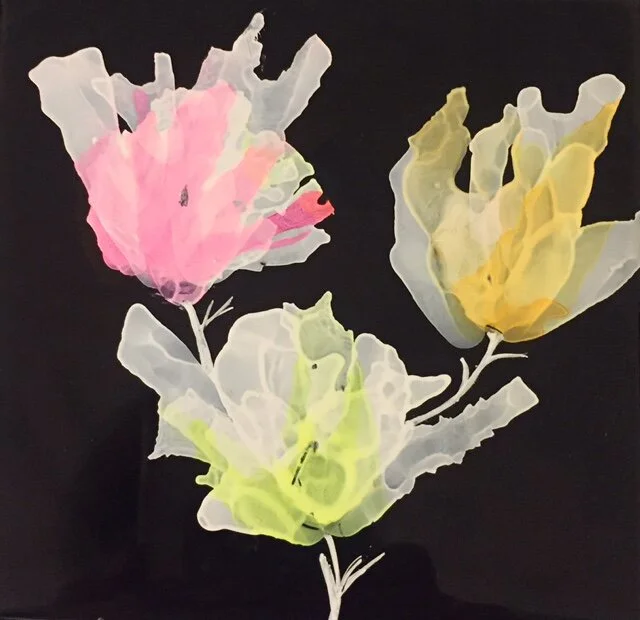
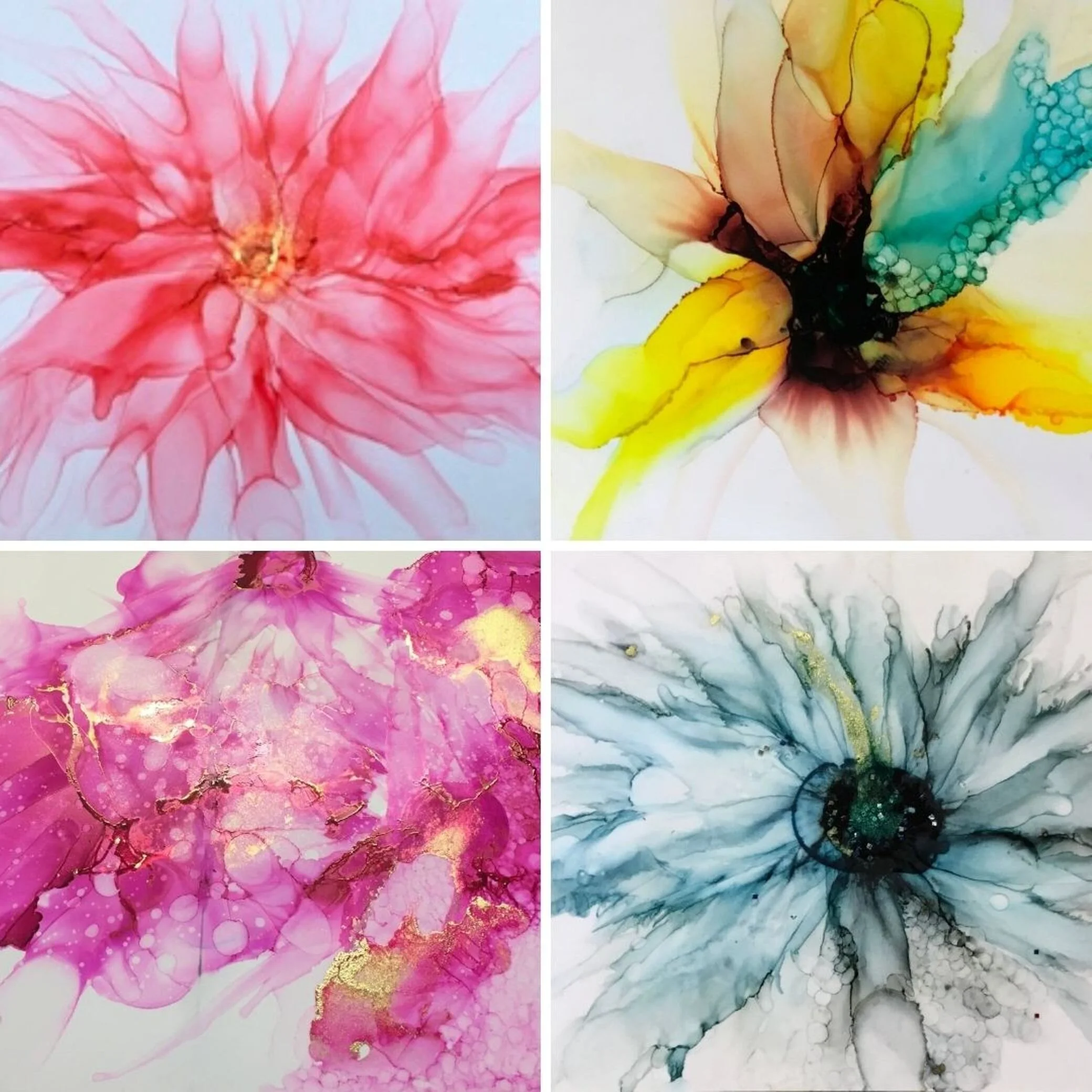







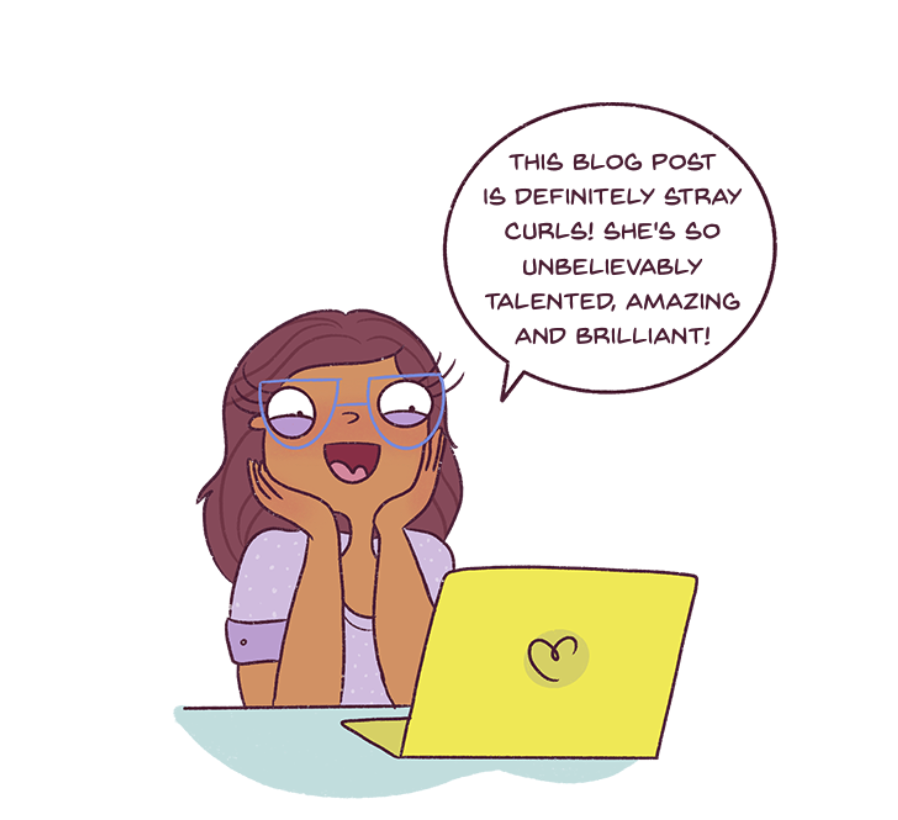
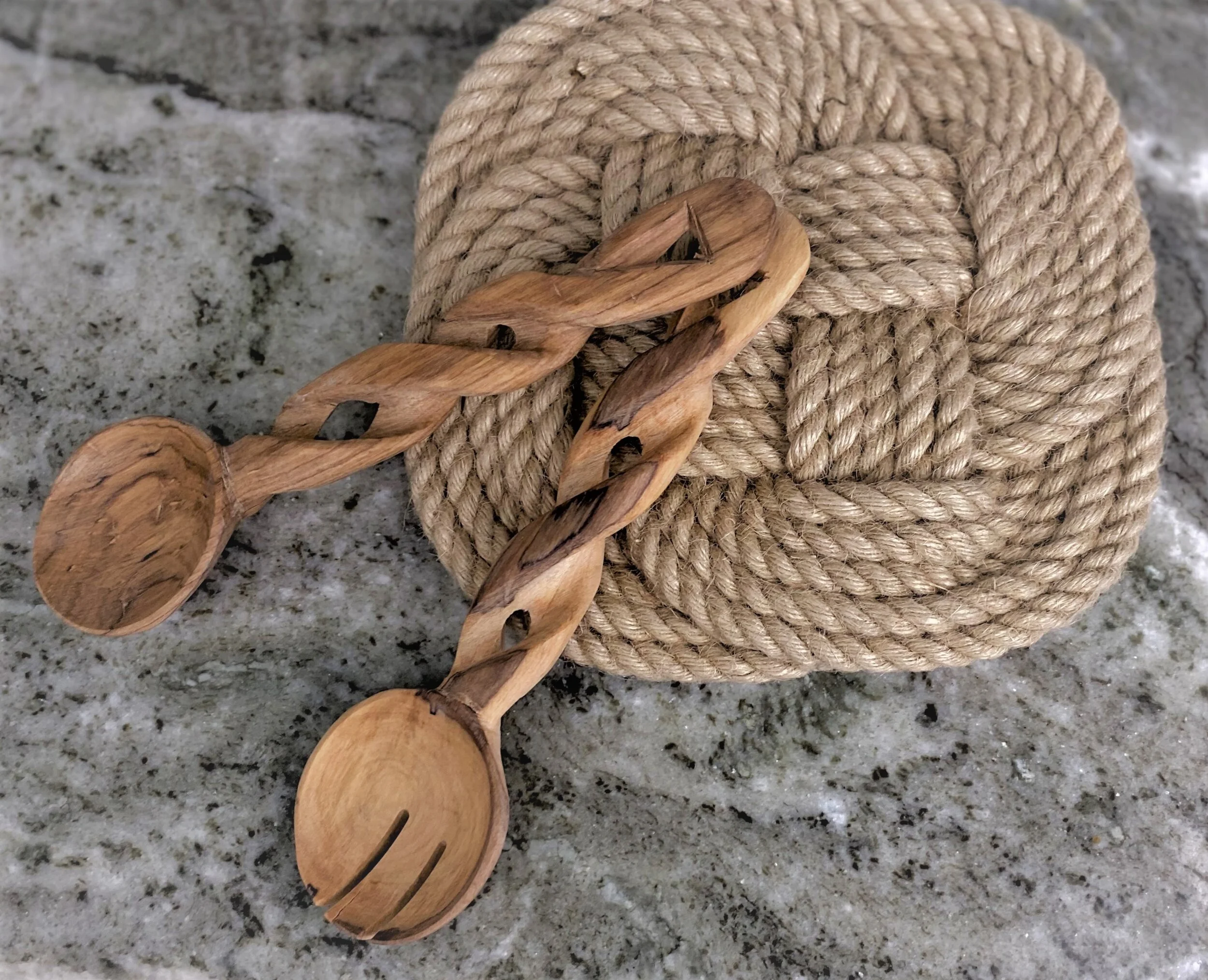

Knitting Pattern Design, while similar to creating crochet patterns, is still different and as such will have different tips and recommendations by designers as well as different software to create it. We’ve gathered an ultimate list of some of the best of these tips to include video tutorials, step by step posts, tips from knitting designers that are sharing their journey and lessons learned so you don’t have to make the same mistakes as they have and much more.